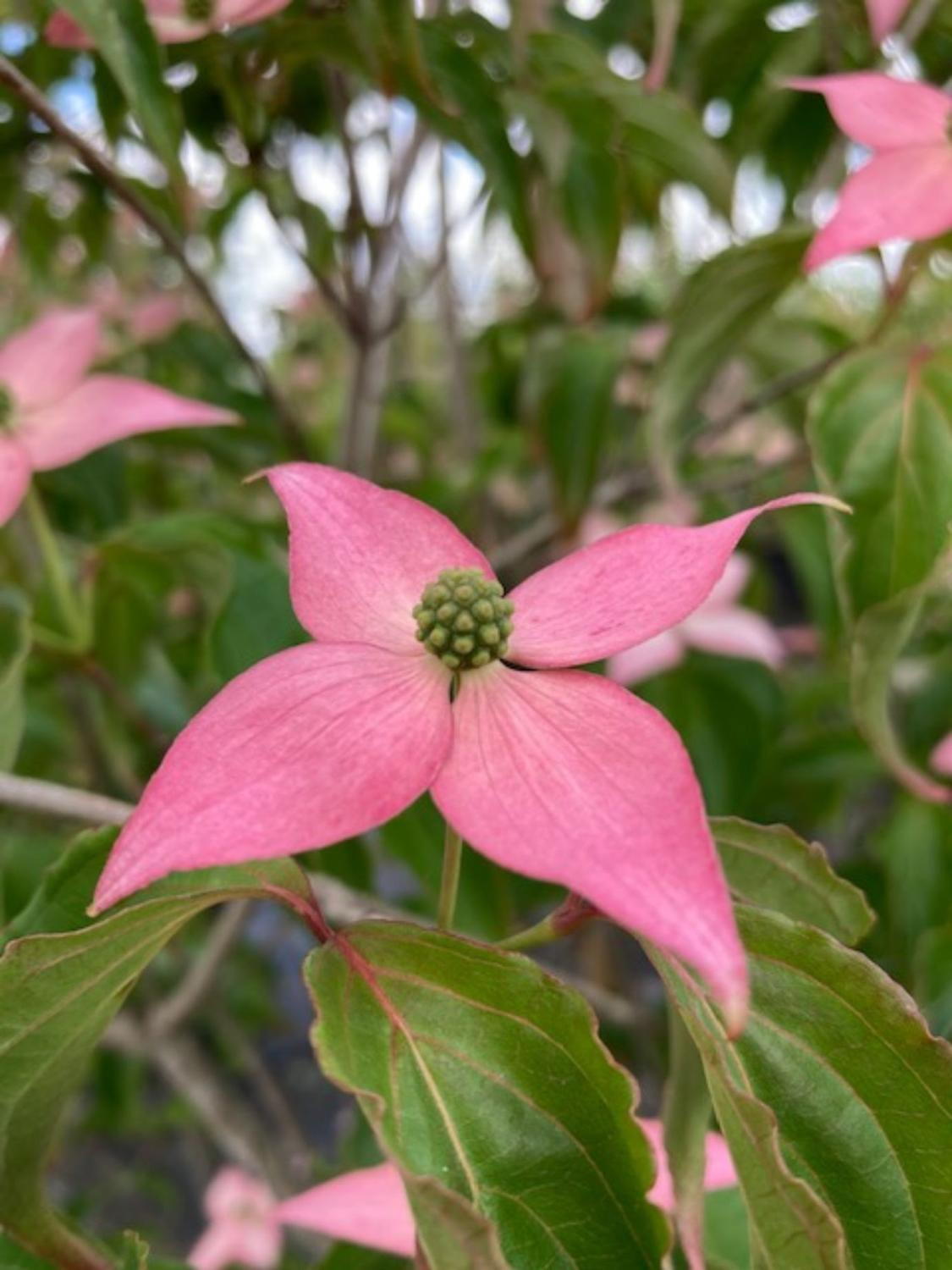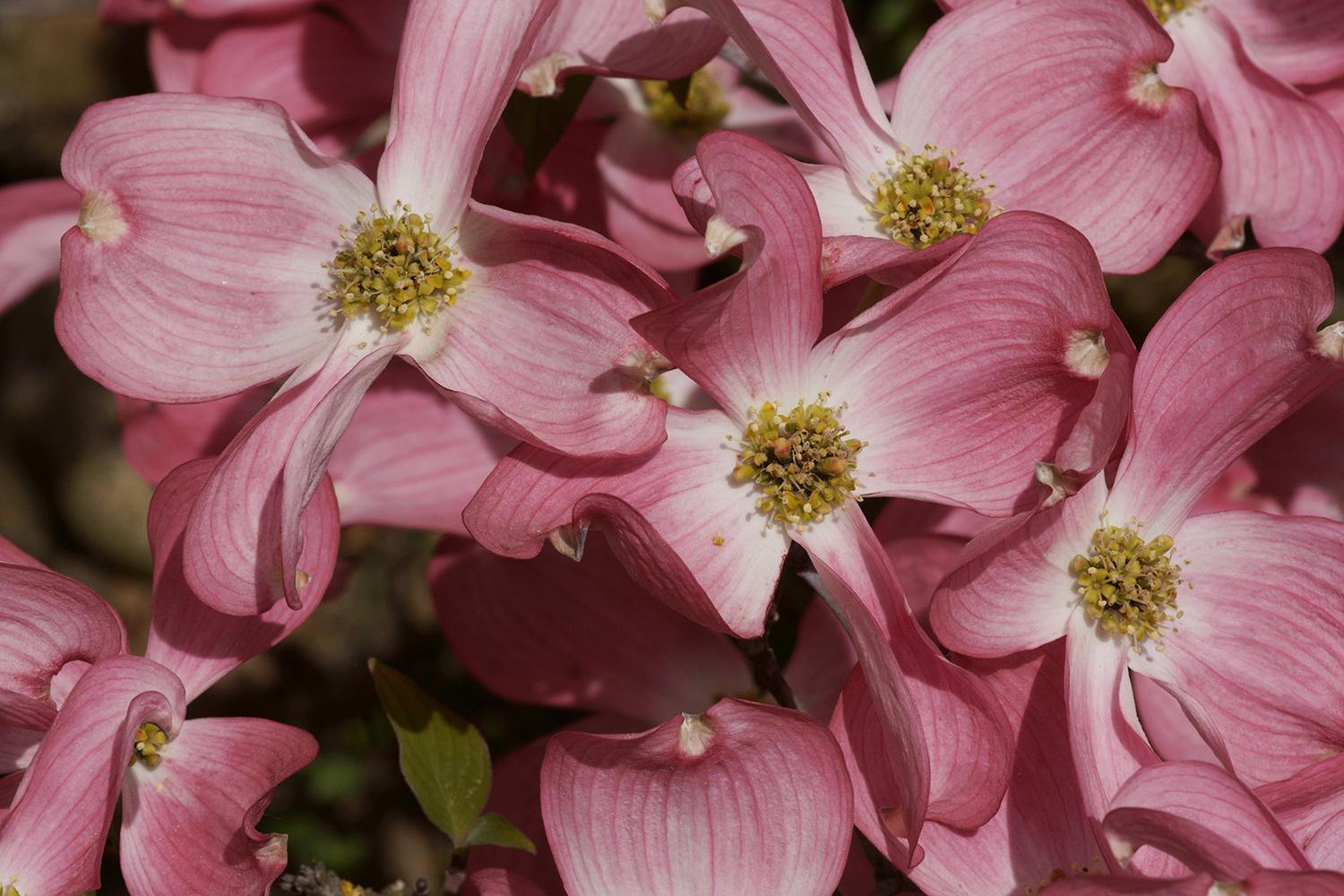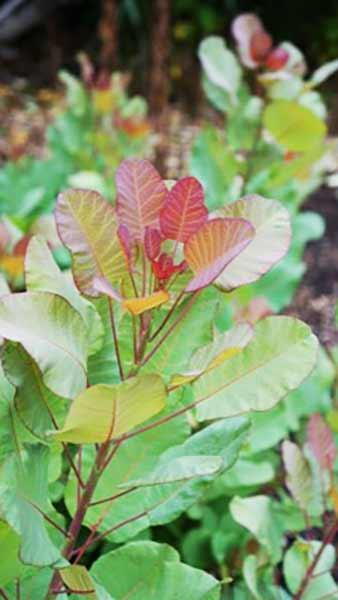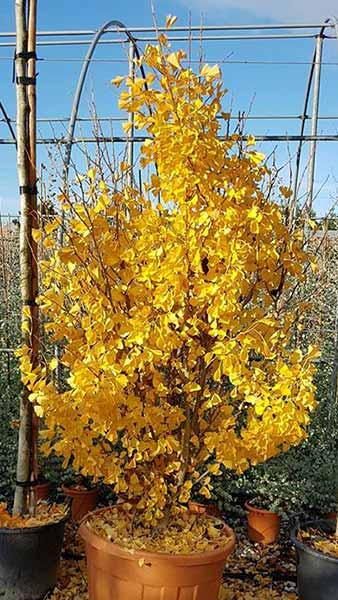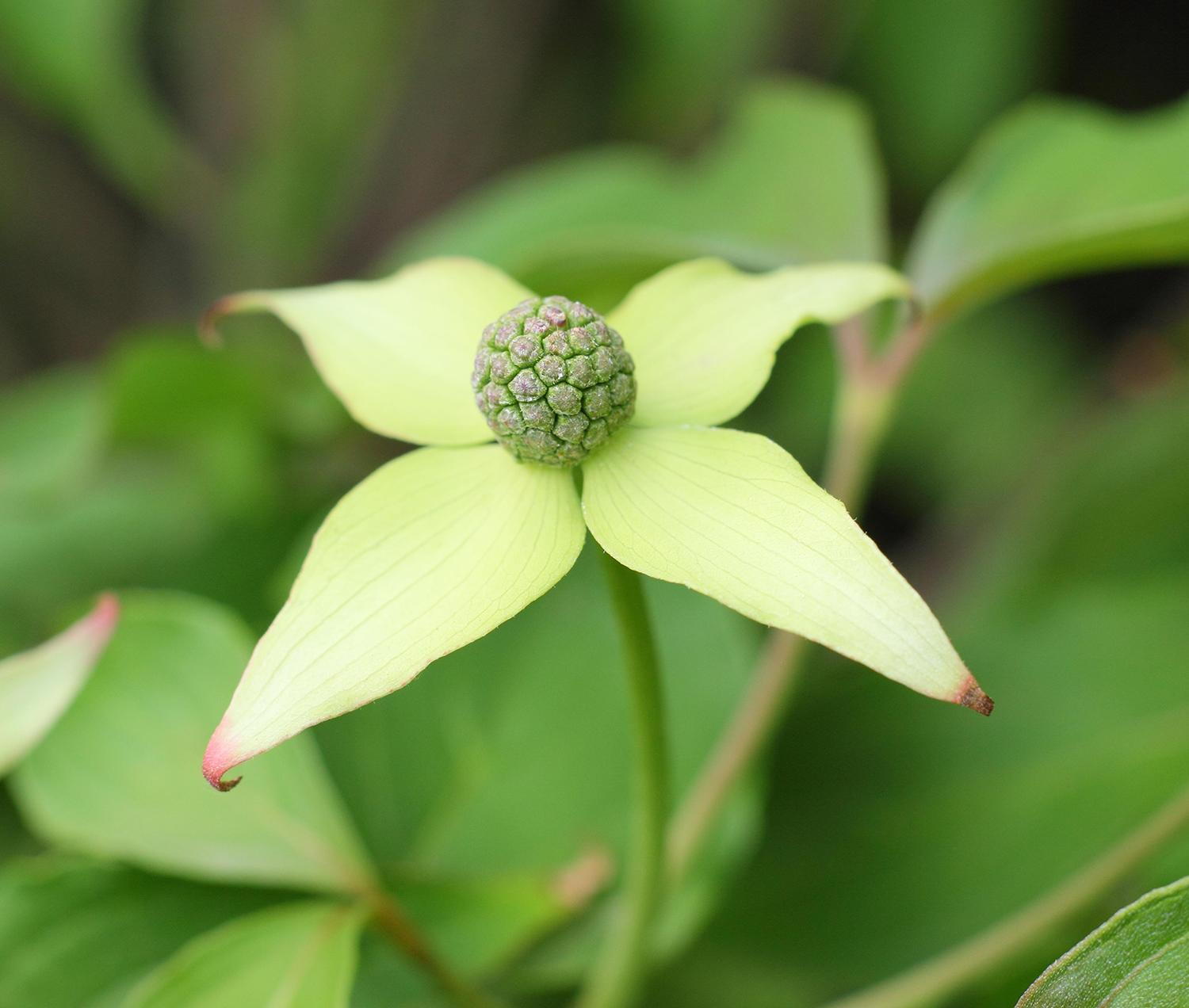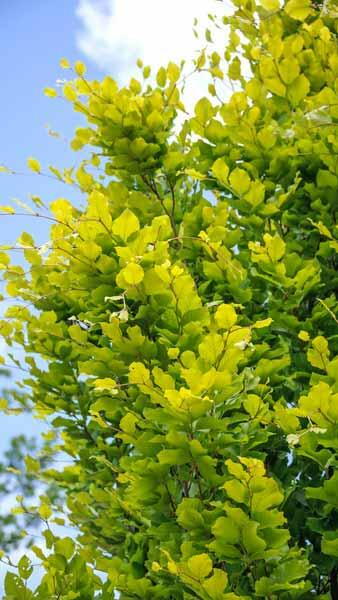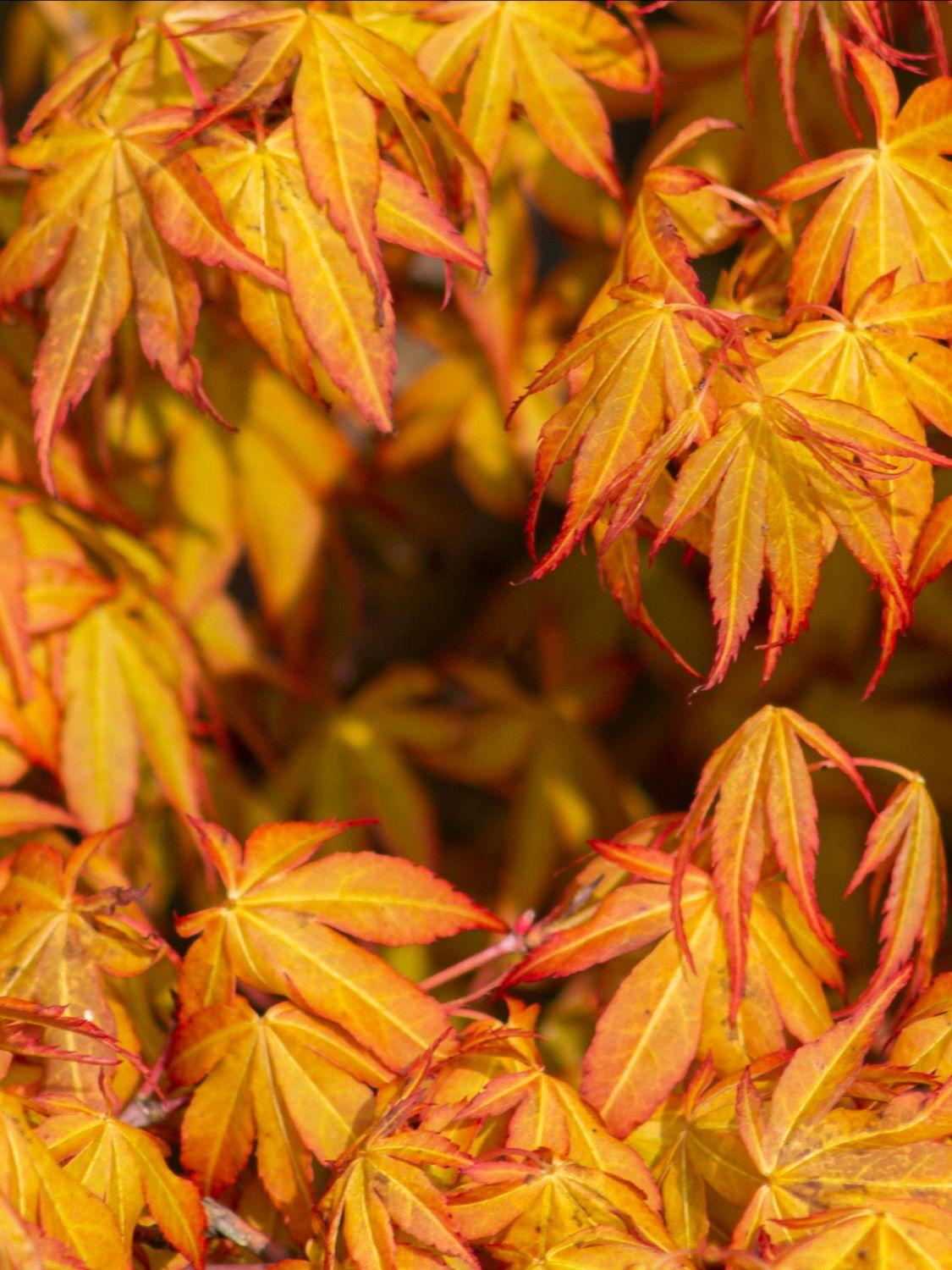Fagus Sylvatica Dawyck Gold Beech Trees for Sale Online UK
Fagus Sylvatica Dawyck Gold or Beech Dawyck Gold is an excellent small-sized landscape tree which will add a touch of gold to your garden! The strong columnar shape, and brilliant yellow tones of this deciduous hybrid cultivar have earned it the RHS Award of Garden Merit.In terms of origins, Dawyck Gold is most probably a seedling of Fagus Sylvatica Dawyck or the Dawyck Beech which originated in Scotland and was probably pollinated by Fagus Sylvatica Zlatia. It was raised in 1969 in Rotterdam by JRP van Hoey-Smith.In early spring, the large, glossy bright gold-yellow new leaves of Fagus Sylvatica Dawyck Gold emerge, slowly changing to a bright yellow green in summer, and then returning to gold-brown hues in autumn. The colourful leaves of Beech Dawyck Gold remain on the tree for much of the winter.Height & Spread:Hardy throughout the UK and continental Europe, Fagus Sylvatica Dawyck Gold will grow to just 10 metres high and 3 metres wide in 20 years, reaching a mature height of 15 metres and spread of 4-6 metres in 50 years. This tree can be expected to survive for upwards of a hundred years.Little or no pruning is required to maintain its graceful, narrow, columnar shape, forming a long, straight spear of colour from the ground to its tip. If required, prune in late winter. Beech Dawyck Gold is excellent planted in rows or groups; space trees 4-6 metres apart.Plant Fagus Sylvatica Dawyck Gold in full sun or partial shade in an exposed or sheltered position in any moist but well-drained soil. It will not tolerate a very wet soil, and but once established will resist short periods of drought. It does not tolerate salt spray, so it should be planted in a sheltered position in a coastal area. However, Beech Dawyck Gold is tolerant of pollution, so it can be planted in city gardens. It is deer-resistant, so can be planted without special protection in country locations. Fagus Sylvatica Dawyck Gold can be used as accent tree in a lawn, or, even better, as a grouping of three or more. A row of them lining an avenue would also be an impressive sight, as would a privacy screen along the margin of a large lawn. Even in winter, the branch structure of this narrow beech will add ornamental value.Fagus Sylvatica Dawyck Gold is a splendid sight in the landscape with its narrow, elegant columnar form and striking bright foliage! See also Fagus Sylvatica Dawyck Purple, a columnar beech with striking purple foliage.
